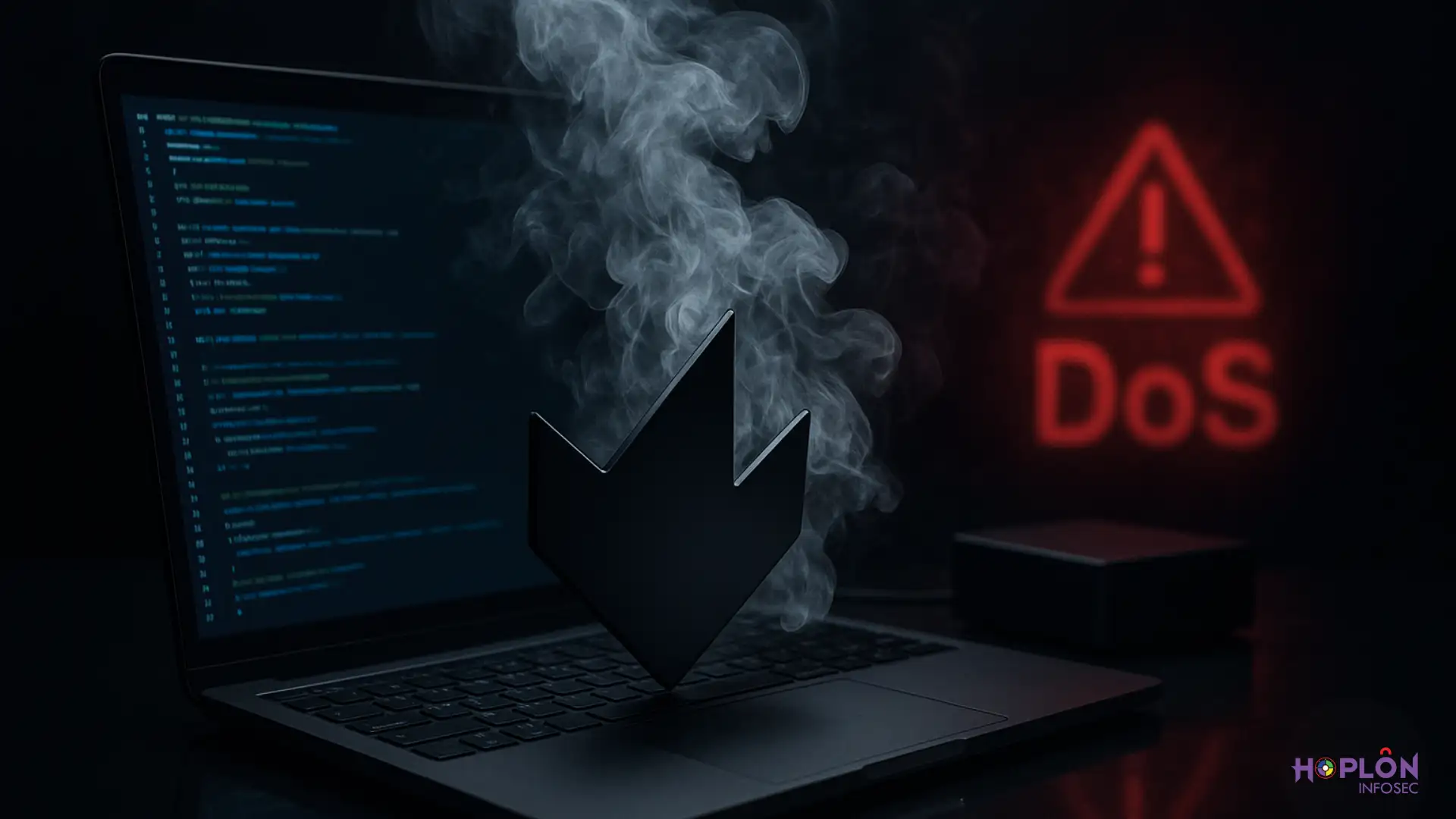As we celebrate Cybersecurity Week 2024, the industry is experiencing an unprecedented expansion fueled by AI-powered attacks and sophisticated protection technology. This year’s focus is on innovative innovations in cloud and code security, the developing SASE market, and impending GenAI risks. Explore the most recent tools and techniques defining the future of cybersecurity as we handle the threats and possibilities posed by these rapid changes.
After announcing Cybersecurity Week 2024, you can address crucial industry trends. For example, discuss how AI-enhanced attacks provide new problems for enterprises and how tools such as Zero Trust and SASE (Secure Access Service Edge) are becoming increasingly important. Highlight the need of staying ahead of these growing threats by implementing cutting-edge solutions and emphasizing cloud security, data privacy, and the human element in cybersecurity.
The week is for all the cyber-security lovers. The Digital Policy Office (DPO) collaborates with industry stakeholders to organize the 2024 Cybersecurity Awareness Campaign, with the theme of Together we create a safe world, to echo with the China Cybersecurity Week.
Engagement in the community of Cybersecurity Week
Community involvement is the process by which individuals and organizations actively participate in their communities to foster relationships, share knowledge, and address local issues. This involvement can take many forms, including volunteer work, collaboration with local organizations, and participation in community events.
By fostering collaboration among stakeholders and embracing adaptive security measures, organizations can effectively respond to emerging challenges, ensuring resilience and robust protection against cyber threats. The purpose is to instill a sense of belonging, strengthen social cohesion, and empower community members to effect positive change. Engaging with the community frequently results in increased trust and communication among its members.
Independence in cybersecurity refers to providing individuals and organizations with the knowledge, skills, and tools they need to protect themselves against cyber-attacks. This includes offering best-practice training, raising awareness of potential threats, and encouraging proactive security behavior.
This includes developing a culture of continuous learning, where organizations prioritize regular training, update security protocols, and invest in innovative solutions. Empowered users are more likely to detect suspicious actions, adhere to security protocols, and contribute to a security culture inside their organizations, thereby improving overall cybersecurity resilience.
AI-Driven Challenges
AI-driven challenges are cyberattacking that use artificial intelligence and machine learning techniques to automate, improve, and scale hostile actions. These attackers can adapt to defenses, elude detection, and exploit weaknesses at unparalleled speeds and accuracy. AI-driven malware, phishing campaigns, and autonomous hacking tools are just a few instances of how adversaries use AI to outperform traditional security measures, emphasizing the importance of enterprises implementing advanced, AI-powered defenses.
Automated Malware: powered by artificial intelligence malware may learn from its surroundings, change its strategy, and devise new ways to circumvent security safeguards. This enables it to launch more effective and precise strikes.
Enhanced Phishing Attacks: Cybercriminals utilize AI to create more convincing phishing emails by analyzing personal information from social media and other sources, making it more difficult for people to spot fraudulent attempts.
Predictive Analytics for Exploitation: Artificial intelligence (AI) can analyze massive volumes of data to detect vulnerabilities in systems and networks, allowing attackers to exploit gaps before they are patched.
Autonomous Hacking Tools: Some hackers use AI-powered tools that can check for weaknesses, exploit them, and even generate new attack paths without human interaction, hence improving the volume and pace of attacks.
Social Engineering at Scale: AI allows attackers to automate social engineering attacks by examining patterns and behaviors in order to more successfully persuade people into disclosing critical information.
Real-Time Adaptation: AI-driven threats may examine real-time network data, allowing them to adapt their tactics in real time, making traditional security measures impossible to stay up.
Insider Threats: AI systems can also be used to detect potential insider threats by monitoring employee behavior and highlighting odd activity that could signal hostile intent.
Data Poisoning Attacks: Attackers can alter AI models’ training data, resulting in inaccurate predictions and choices. This can drastically jeopardize systems that rely on AI for security.
Targeted Ransomware: Artificial intelligence improves ransomware assaults by allowing thieves to more efficiently identify high-value targets and personalize their demands based on the victim’s data and behavior.
Security in the cloud Innovations
Security in cloud innovations refers to complex methods and technologies used to protect data, applications, and infrastructures stored in the cloud. This includes strong authentication procedures, encryption protocols, and continuous monitoring systems.
Innovations also include incorporating security practices into the development lifecycle, using AI for threat detection, and implementing secure access protocols to ensure that only authorized individuals have access to sensitive resources. These technologies improve the overall security posture of enterprises that use cloud services.
Cloud security improvements are aimed at improving data protection, access management, and threat detection within cloud systems. Key breakthroughs include Zero Trust architecture, which requires authentication for all users, independent of location, AI-powered security tools that scan traffic patterns for anomalies, and automated response systems that quickly neutralize threats.
Furthermore, multi-cloud solutions are being implemented to spread risk and increase resilience. These developments are critical for enterprises switching to cloud services while maintaining strong security measures.
Enhanced Data Protection: Advanced encryption and access restrictions protect sensitive information against unauthorized access.
Scalability: Cloud security solutions can readily scale to suit the needs of growing businesses while maintaining performance.
Proactive Threat Detection: AI and machine learning allow for real-time monitoring and speedier identification of potential threats.
Cost Efficiency: Cloud security eliminates the need for on-premises hardware and maintenance, cutting total expenses.
Compliance Support: Automation tools enable firms to easily meet regulatory standards.
Conclusion
Finally, while we go through the complex terrain of cybersecurity, we must embrace innovation and cultivate community engagement in order to achieve long-term change. We can create a more robust digital world by providing individuals and businesses with the knowledge and tools they need to confront cyber-attacks. The discussions and innovations highlighted during Cybersecurity Week emphasize that awareness is the first line of defense.
It is crucial for individuals and organizations to recognize their role in cybersecurity. By staying informed about the latest threats and participating in ongoing training, we can empower ourselves and our communities to mitigate risks effectively. Let’s harness this awareness to cultivate a culture of security that extends beyond Cybersecurity Week, ensuring lasting protection.
As Cybersecurity Week emphasizes the importance of collaboration and awareness, let us pledge to continuously improve our cybersecurity practices, guaranteeing a safer future for everybody. Together, we can have a tremendous impact on securing our digital assets.
For more details you can view
https://ecs-org.eu/events/cybersecurity-week-2024-the-hague/




